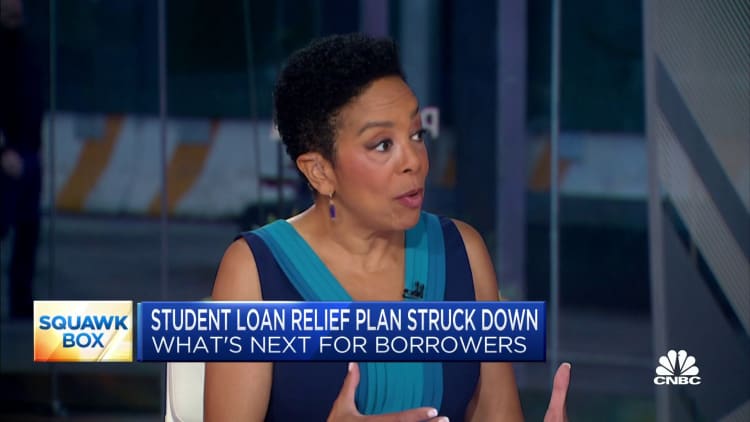Srdjanpav | E+ | Getty Images
Understanding Interest Accrual on Loans
Direct Subsidized Loans are available to undergraduate students who demonstrate a financial need. These loans do not accrue interest while the borrower is in school at least half-time or during a six-month grace period after leaving school. Additionally, interest does not accumulate during deferment, a period when payments are postponed due to unemployment or economic hardship. The U.S. Department of Education covers the interest on subsidized loans in these instances. However, this protection does not apply to Direct Unsubsidized Loans, which are available to a broader range of borrowers, including graduate students, and are not based on financial need. Unlike subsidized loans, interest on unsubsidized loans begins accruing immediately upon disbursement and continues to accrue even during deferments or grace periods, resulting in higher costs for this type of debt.

In certain cases, such as after a deferment, unpaid interest on unsubsidized loans may “capitalize.” This means that the unpaid interest is added to the principal balance of the loan, resulting in future interest being calculated based on this higher principal balance, thereby increasing future interest payments. Borrowers can have both subsidized and unsubsidized loans, each with different borrowing limits. As of March 31, approximately 30.3 million borrowers had subsidized Stafford Loans with an average balance of $9,800, while approximately 30.7 million people held unsubsidized loans with an average balance of about $19,000.
The term “Stafford Loan” is informally used to refer to Direct Subsidized Loans and Direct Unsubsidized Loans obtained through the Direct Loan Program. It also includes subsidized or unsubsidized Federal Stafford Loans obtained through the Federal Family Education Loan (FFEL) program.
The Impact of Payment Pauses and Interest Waivers on Loans
Since the onset of the Covid-19 pandemic in 2020, a temporary pause on monthly student loan payments and the accrual of interest has been in effect. This means that during this period, interest did not accumulate on any loans, effectively turning unsubsidized loans into subsidized debt for some borrowers. However, starting from September 1, interest will begin accruing again on borrowers’ debts, and monthly payments will resume in October. The interest waiver during the pause period cost the federal government approximately $5 billion per month.
Some financially struggling borrowers may be considering deferment or forbearance as payments resume. However, pursuing these options can potentially worsen the borrower’s financial situation since interest typically continues to accrue during deferral or forbearance periods. There are exceptions, such as when a subsidized loan is in deferment or when any type of loan is in deferment due to active medical treatment for cancer. In most cases, opting for an income-driven repayment plan that caps monthly payments is a better choice for borrowers, unless the financial difficulty is short-term. It is generally advised not to use deferment or forbearance if the borrower is capable of repaying the loan.
Denial of responsibility! VigourTimes is an automatic aggregator of Global media. In each content, the hyperlink to the primary source is specified. All trademarks belong to their rightful owners, and all materials to their authors. For any complaint, please reach us at – [email protected]. We will take necessary action within 24 hours.


